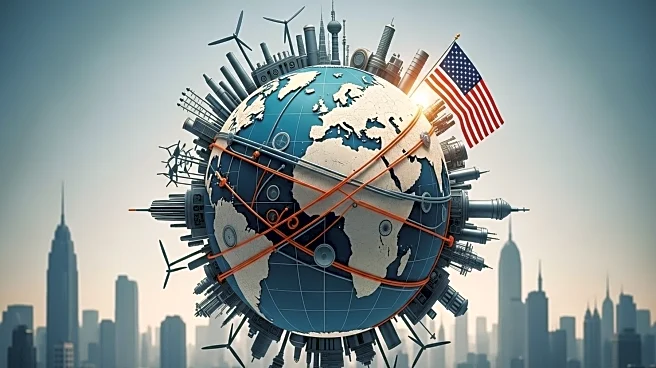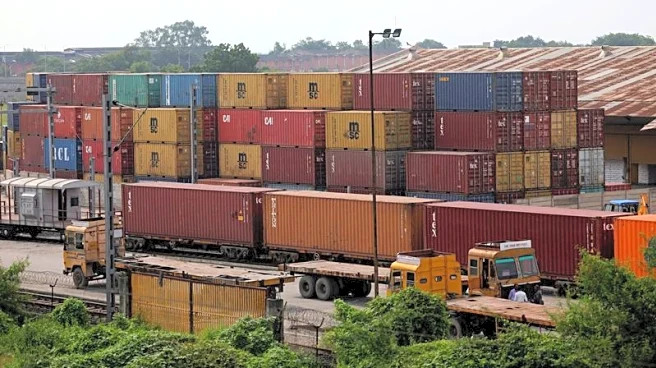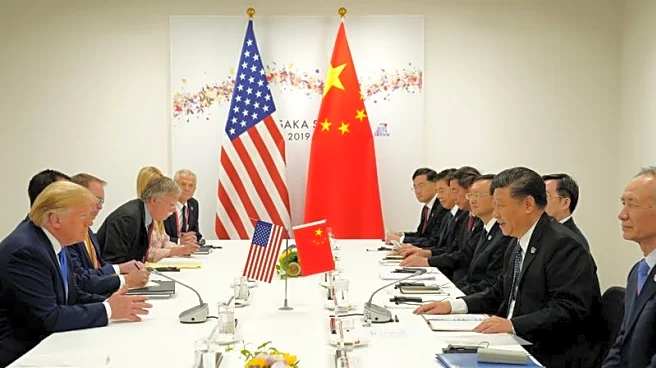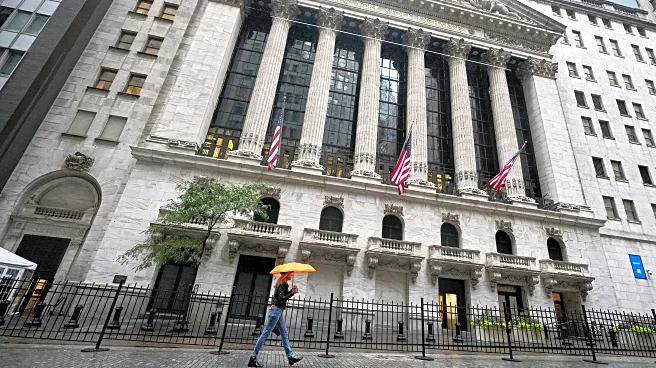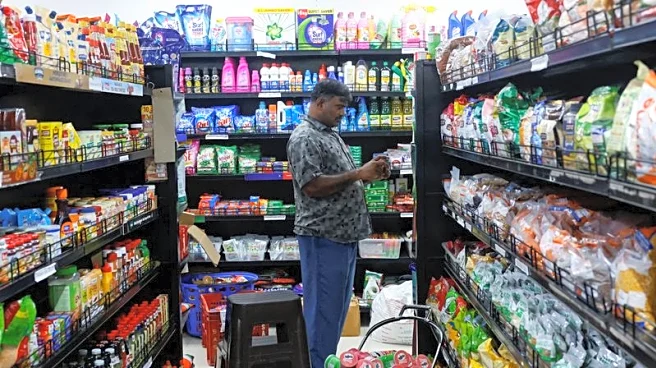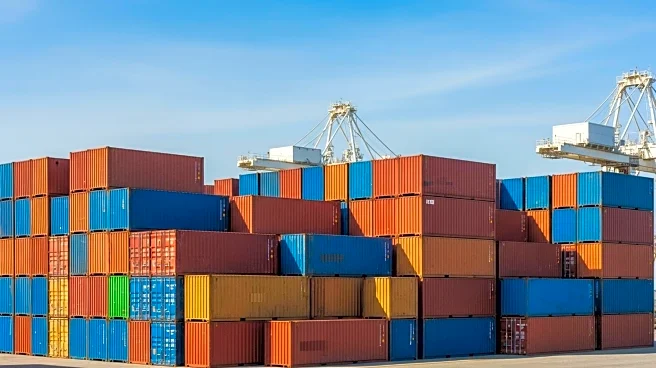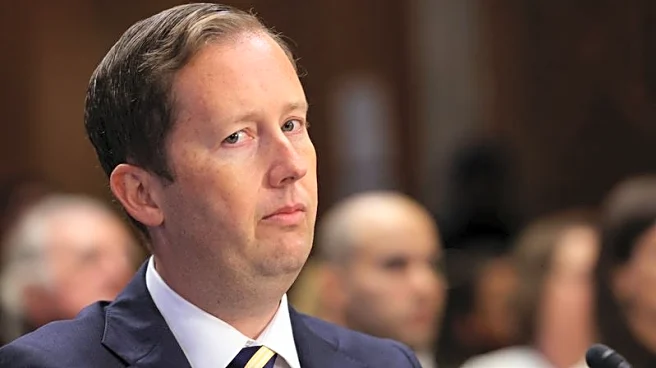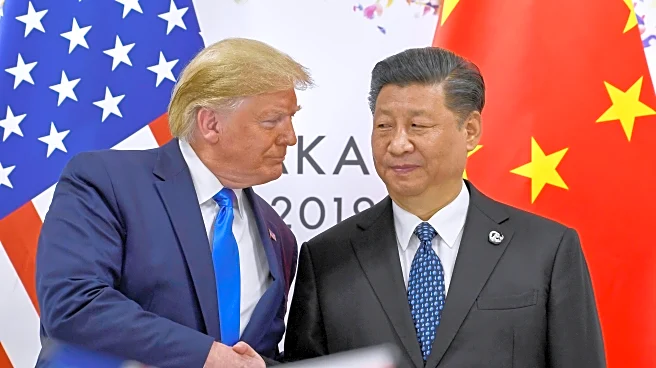What's Happening?
India and the United States are set to resume trade talks this week in Washington, focusing on increasing India's imports of U.S. energy and gas. This development follows a brief suspension of discussions in August after the Trump administration imposed tariff hikes on Indian goods, citing India's continued purchase of Russian oil despite Western sanctions. The talks resumed in September after President Trump and Prime Minister Narendra Modi engaged in conciliatory discussions, aiming to finalize a trade deal that could double bilateral trade to $500 billion by 2030. The negotiations, which began in February 2025, have seen five rounds of talks, with the sixth round expected to lead to the signing of the first phase of the deal next month.
Why It's Important?
The resumption of trade talks between India and the United States is significant for both countries, as it aims to address trade imbalances and strengthen economic ties. For India, increasing energy imports from the U.S. could help diversify its energy sources and reduce dependency on Russian oil, aligning with global geopolitical shifts. For the U.S., the deal represents an opportunity to expand its energy exports and strengthen its economic influence in Asia. The potential doubling of bilateral trade to $500 billion by 2030 could have substantial impacts on industries such as textiles, leather goods, and renewable energy, fostering economic growth and job creation in both nations.
What's Next?
Both countries are expected to sign the first tranche of the trade deal by next month, as agreed by President Trump and Prime Minister Modi. The focus will be on concluding a mutually beneficial trade agreement that addresses tariff issues and promotes investment in sectors like renewable and nuclear energy. Indian officials are also looking to increase participation from private players, including U.S. firms, in these sectors. The ongoing discussions will likely continue to address the impact of U.S. tariff hikes on Indian exports and explore incentives for exporters to diversify markets.
